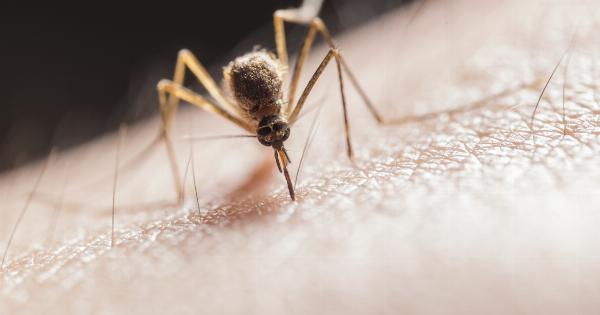Throughout history, mankind has battled against various diseases that have devastated populations and caused widespread fear and panic.
From ancient plagues to modern-day pandemics, certain diseases have proven to be particularly lethal, claiming countless lives and leaving a lasting impact on society. In this article, we will explore the ten most lethal diseases on earth, shedding light on their origins, symptoms, transmission methods, and efforts to combat them.
1. Smallpox
Smallpox, caused by the variola virus, has plagued humanity for centuries. It is estimated to have caused the deaths of hundreds of millions of people, particularly during the 18th and 19th centuries.
With a high mortality rate and a tendency to spread rapidly, smallpox left survivors scarred and blind. However, thanks to a global vaccination campaign led by the World Health Organization (WHO), smallpox was officially declared eradicated in 1980, becoming the first disease to be wiped out by human effort.
2. Ebola
First identified in 1976 in the Democratic Republic of Congo, Ebola virus disease (EVD) quickly gained recognition as one of the deadliest diseases known to humanity.
The virus causes severe hemorrhagic fever, leading to organ failure and a high mortality rate. Outbreaks have occurred predominantly in Africa, and while there is no specific treatment, advances in public health management and increased awareness have contributed to better containment and reduced mortality rates.
3. Influenza
Influenza, commonly known as the flu, has plagued humans for centuries. With its ability to mutate rapidly, influenza has caused several devastating pandemics throughout history.
The most notorious was the Spanish flu pandemic of 1918, which infected around one-third of the global population and resulted in millions of deaths. Although vaccines have significantly reduced the impact of seasonal influenza, the virus remains a constant threat, prompting ongoing research and surveillance efforts.
4. HIV/AIDS
HIV (Human Immunodeficiency Virus) and AIDS (Acquired Immunodeficiency Syndrome) have claimed the lives of more than 35 million people worldwide since the early 1980s.
HIV attacks the body’s immune system, making it vulnerable to opportunistic infections and cancers. While antiretroviral therapy (ART) has improved the quality of life for those with access to treatment, the global fight against HIV/AIDS continues, with prevention, education, and improved healthcare access being key strategies.
5. Malaria
Malaria, transmitted by infected mosquitoes, has been a leading cause of death and illness throughout human history. This parasitic disease affects millions of people each year, particularly in tropical and subtropical regions.
Efforts to combat malaria have focused on vector control, such as insecticide-treated bed nets and indoor residual spraying, as well as improved diagnostic tools and antimalarial medications.
6. Tuberculosis
Tuberculosis (TB) is an infectious disease caused by the bacterium Mycobacterium tuberculosis. It primarily affects the lungs but can also impact other parts of the body.
TB has been responsible for significant morbidity and mortality worldwide, particularly in low-income countries. The global fight against TB involves early diagnosis, effective treatment, and addressing social determinants of the disease.
7. Cholera
Cholera, caused by the bacterium Vibrio cholerae, is an acute diarrheal disease that can cause severe dehydration and death if left untreated. It is primarily spread through contaminated water and food.
While the global incidence of cholera has decreased in recent years, outbreaks continue to occur, particularly in areas with poor sanitation and limited access to clean water. Oral rehydration salts and improved sanitation have been crucial in reducing mortality rates.
8. Measles
Measles is a highly contagious viral infection that spreads through respiratory droplets. It can cause severe complications, including pneumonia, encephalitis, and death, particularly in young children and those with compromised immune systems.
Vaccination campaigns have significantly reduced the global burden of measles, but outbreaks still occur due to vaccine hesitancy and limited healthcare access in some regions.
9. Rabies
Rabies is a viral disease that affects the central nervous system and is almost always fatal once symptoms appear. The virus is primarily transmitted through bites from infected animals, with dogs being the main source in many parts of the world.
Vaccination of domestic animals and post-exposure prophylaxis for humans who have been bitten are crucial in preventing rabies-related deaths.
10. Yellow fever
Yellow fever is a viral disease transmitted by infected mosquitoes, primarily in tropical regions of Africa and South America. It can cause severe illness and death, with yellowing of the skin (jaundice) being a prominent symptom.
Vaccination campaigns, mosquito control measures, and surveillance have played a vital role in preventing and controlling yellow fever outbreaks.






























